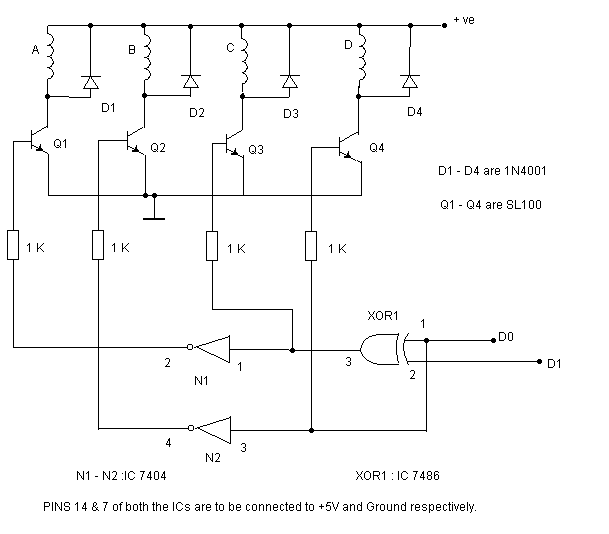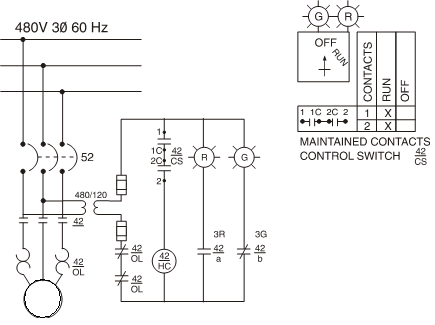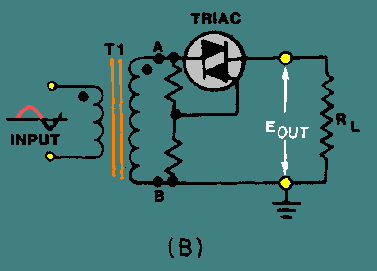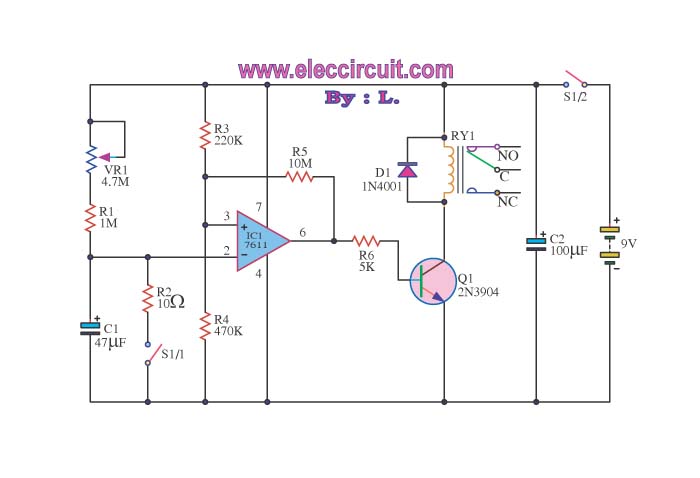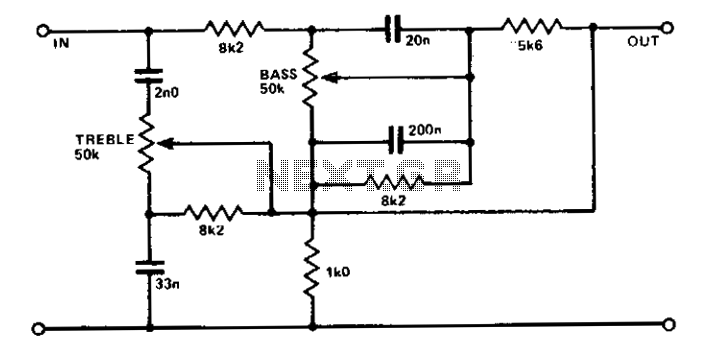
timer control 1 15 minutes by triac 2n6075 and lm555 lm358
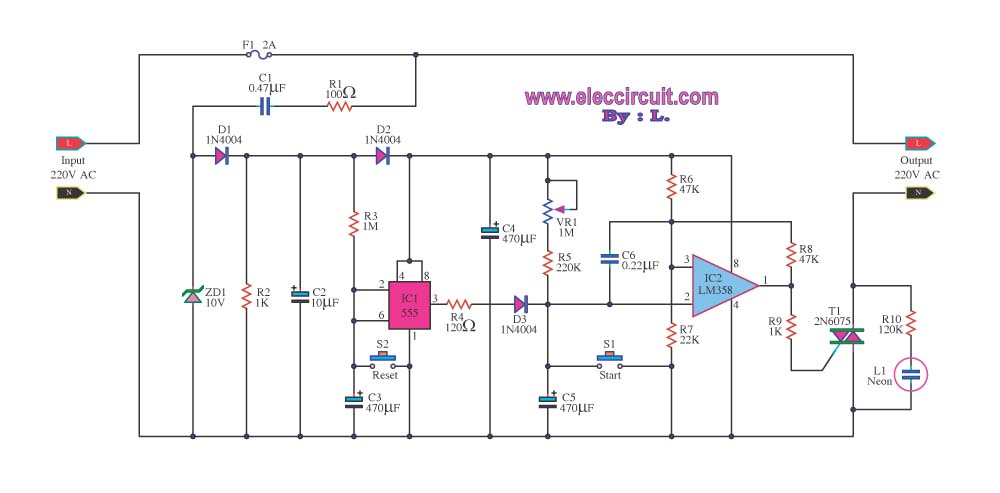
Most timer circuits are often used with electrical transformers operating at low voltages such as 9V and 12V, and they incorporate electrical control relays. The timer can be set for durations ranging from 1 to 15 minutes.
Timer circuits are essential components in various electronic applications, providing precise control over timing functions. These circuits typically consist of a timing element, which can be a resistor-capacitor (RC) network or a crystal oscillator, along with a control mechanism that dictates the operation of connected devices.
In the context of low-voltage transformers, such as those operating at 9V and 12V, timer circuits can effectively manage the operation of electrical control relays. This enables the automation of devices, ensuring they operate only during specified intervals. For instance, a timer circuit might be used to turn a light on for 10 minutes after detecting motion, providing convenience and energy efficiency.
The implementation of a 1-15 minute timer can be achieved using a 555 timer IC configured in monostable mode. In this configuration, the timer generates a single pulse of a specified duration when triggered. The duration can be adjusted by selecting appropriate resistor and capacitor values. For example, using a potentiometer in conjunction with a capacitor allows for variable timing settings, enabling users to customize the timing range easily.
The output of the timer circuit can be used to drive a relay that controls higher voltage loads, ensuring that the low-voltage timer circuit remains safe and functional. When the timer elapses, the relay can switch on or off connected devices, providing seamless control over electrical appliances.
In summary, timer circuits utilized with low-voltage transformers and control relays offer versatile solutions for time-dependent applications, enhancing both functionality and efficiency in electronic systems.Most timer circuits. Often used with electrical transformers containing low as 9V and 12V, and use of electrical control relays.but the 1-15 minute timer.. 🔗 External reference
Timer circuits are essential components in various electronic applications, providing precise control over timing functions. These circuits typically consist of a timing element, which can be a resistor-capacitor (RC) network or a crystal oscillator, along with a control mechanism that dictates the operation of connected devices.
In the context of low-voltage transformers, such as those operating at 9V and 12V, timer circuits can effectively manage the operation of electrical control relays. This enables the automation of devices, ensuring they operate only during specified intervals. For instance, a timer circuit might be used to turn a light on for 10 minutes after detecting motion, providing convenience and energy efficiency.
The implementation of a 1-15 minute timer can be achieved using a 555 timer IC configured in monostable mode. In this configuration, the timer generates a single pulse of a specified duration when triggered. The duration can be adjusted by selecting appropriate resistor and capacitor values. For example, using a potentiometer in conjunction with a capacitor allows for variable timing settings, enabling users to customize the timing range easily.
The output of the timer circuit can be used to drive a relay that controls higher voltage loads, ensuring that the low-voltage timer circuit remains safe and functional. When the timer elapses, the relay can switch on or off connected devices, providing seamless control over electrical appliances.
In summary, timer circuits utilized with low-voltage transformers and control relays offer versatile solutions for time-dependent applications, enhancing both functionality and efficiency in electronic systems.Most timer circuits. Often used with electrical transformers containing low as 9V and 12V, and use of electrical control relays.but the 1-15 minute timer.. 🔗 External reference
